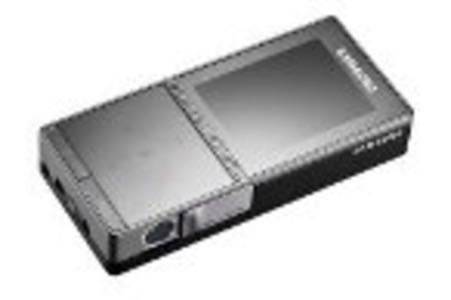Analyst firm Gartner has just released a report that highlights eight up-and-coming mobile technologies which they predict will impact the mobile industry over the course of the next two years. According to Nick Jones, vice president and analyst at the firm, the technologies they’ve identified will evolve quickly and will likely pose issues that will have to be addressed by short term strategies.

The eight technologies identified include the following:
Bluetooth 3.0
This is one of the no-brainers on the list. The Bluetooth 3.0 specification will be released this year and devices will start to hit the shelves by 2010. At this point, it’s expected that the 3.0 spec will include faster speeds, reportedly transferring files at 480 megabits per second in close proximity and 100 megabits per second at 10 meters. It will also feature an ultra-low-power mode that Gartner predicts will enable new peripherals, sensors, and applications, such as health monitoring. The technology will be backwards compatible, allowing old devices to communicate with new ones, so there’s no reason for it not take off in the upcoming years.

Mobile User Interfaces + Mobile Web/Widgets
Mobile user interfaces and mobile web/widgets were listed separately, accounting for two items on the list, but we think they can be lumped together. They all point to how mobile computing is rapidly becoming a new platform for everything from consumer mobile apps to B2E (business-to-employee) and B2C (business-to-customer). (Gartner did not include B2B on their list.) Modern day smartphones like the iPhone, Android, Blackberry, the upcoming Pre, and others deliver better interfaces for browsing the web, thus making it accessible to more people. Widget-like applications, including those that replicate thin client technology, will become more common especially in B2C strategies. Yet the mobile web still has challenges ahead. For example, there are no standards for browser access to handset services like the camera or GPS, the report notes.

Location Awareness
Location sensing, powered by GPS as well as Wi-Fi and triangulation, opens up new possibilities for mobile social networking and presence applications. Technology’s earliest adopters are already familiar with social networks like Brightkite and Loopt which let you reveal your location to a network of friends. But we’re still on the tip of this iceberg. Take for example, the iPhone IM client Palringo, they’re just now adding location services to their application. This allows users to see how far away their contacts are, introducing a whole new dimension to mobile communication. Over the next year or two, this sort of technology is expected to become more commonplace, but it will also raise questions about privacy. Will you want your network of online friends and acquaintances to really know your exact location? Will turning off location awareness signal that you’re up to something sneaky (so asks the suspicious wife, husband, boss, etc.)? As a society, we will have to answer these questions and more in the near future.
Near Field Communication (NFC)
NFC is a technology that provides a way for consumers to use their mobile phones for making payments, among other things. It’s something that has taken off in many countries worldwide, but certainly not all, and definitely not in the United States just yet. Unfortunately, Gartner predicts that the move towards mobile payment systems will still not occur this year or the next in mature markets like the U.S. and Western Europe. Instead, NFC is more likely to take off in emerging markets. Other uses of the technology, such as the ability to transfer photos from phone to digital photo frames, will also remain elusive to more developed markets.

802.11n & Cellular Broadband
802.11n, a specification for wireless local area networks (WLANs), initially gave us pause. Although not ratified as an official standard yet, the technology is already commonplace. However, until it “goes gold” so to speak, it won’t really infiltrate the mobile world. Even the ubiquitous iPhone only supports 802.11 b/g at the moment.
On the flip side, the other internet connection technology, cellular broadband, has the potential to make Wi-Fi almost unnecessary, at least for achieving high speeds. In addition to mobile phones, laptop makers will likely continue to incorporate this technology into their netbooks and notebooks using modern chipsets that provide superior performance to our current crop of add-on cards and dongles.
Display Technologies
Display technologies will also see improvements in the upcoming years. New technologies like active pixel displays, passive displays and pico projectors will have an impact. Pico projectors – the tiny portable projectors we saw being introduced at this year’s CES – will enable new mobile use cases. Instant presentations in informal settings could become more common when there isn’t large, cumbersome equipment to set up. The different types of display technologies introduced in 2009 and 2010 will become important differentiators between devices and will impact user selection criterion, says Gartner.

For more information on these above technologies, you can read through the full report available here on Gartner’s web site.
Feel free to share your thoughts in the comments on how you think the mobile space will be impacted in the future.




















